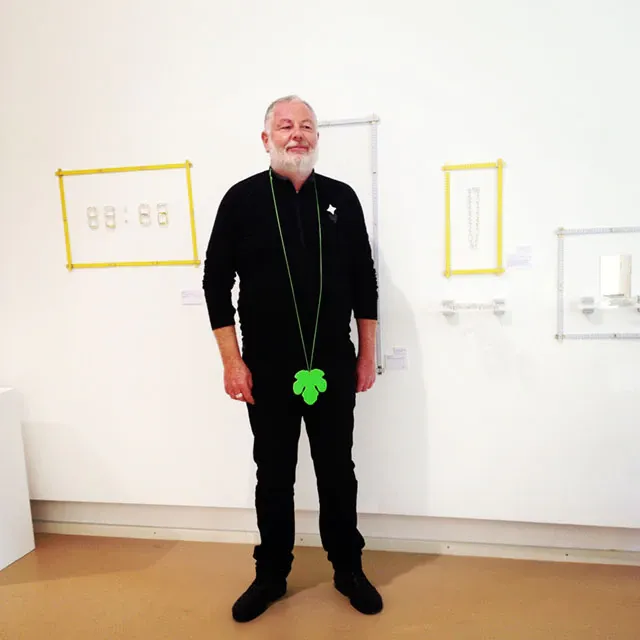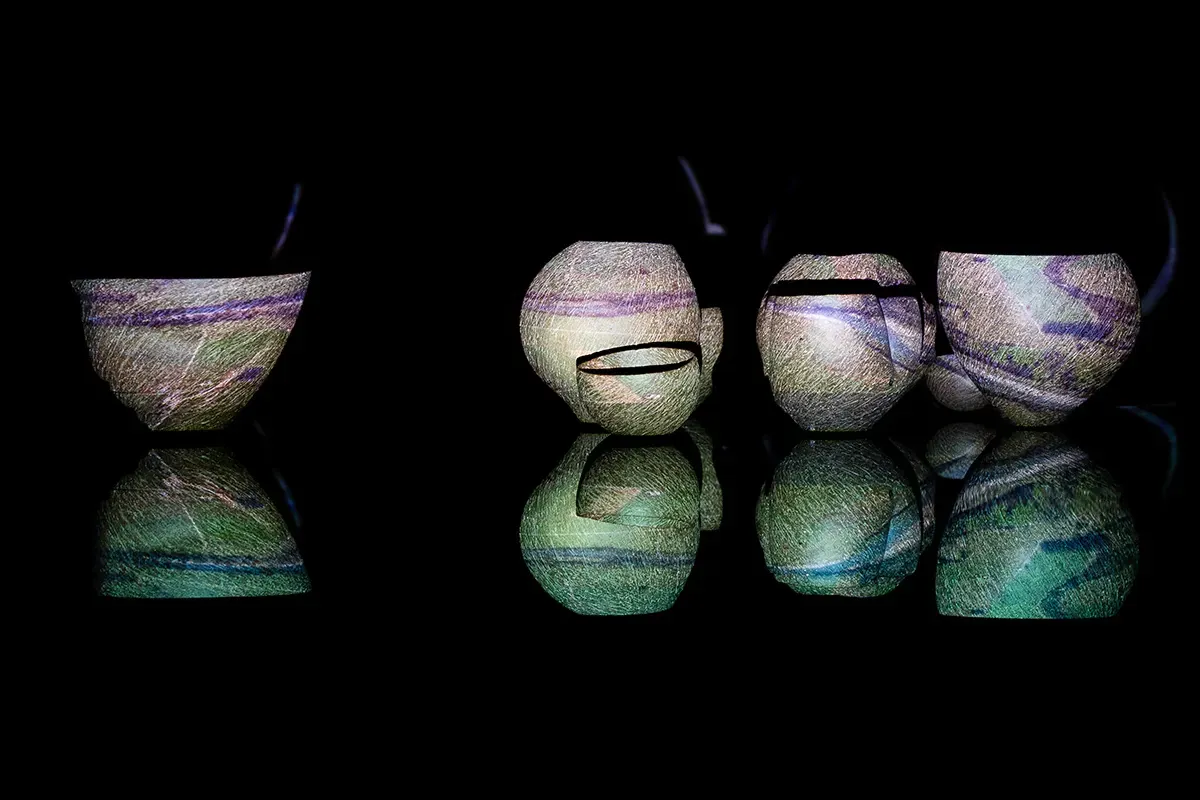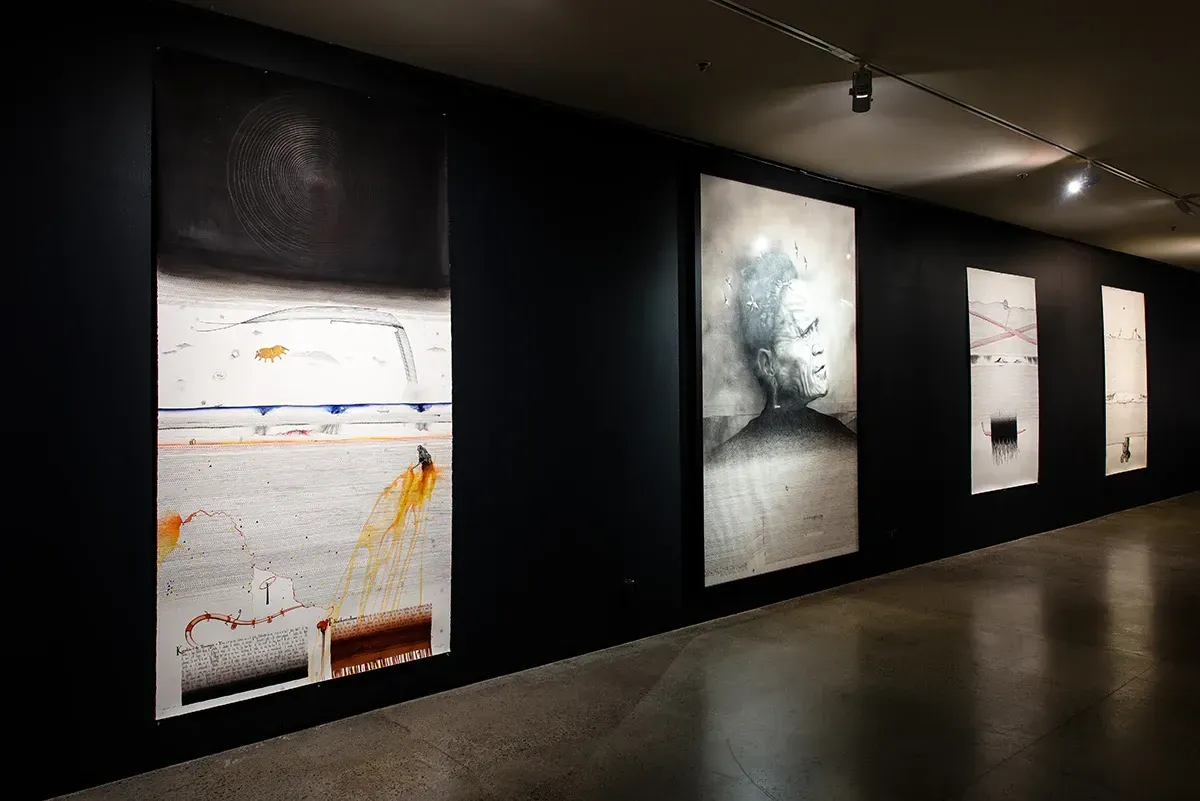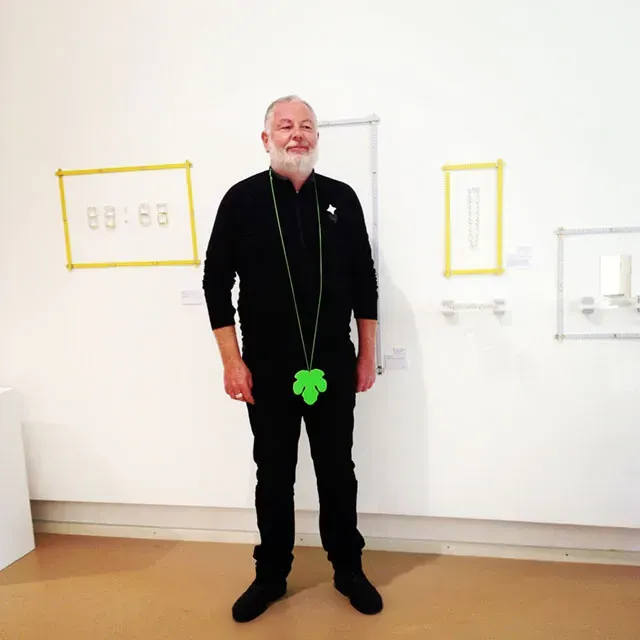SOAPBOX: The lost art of shopping
Written by
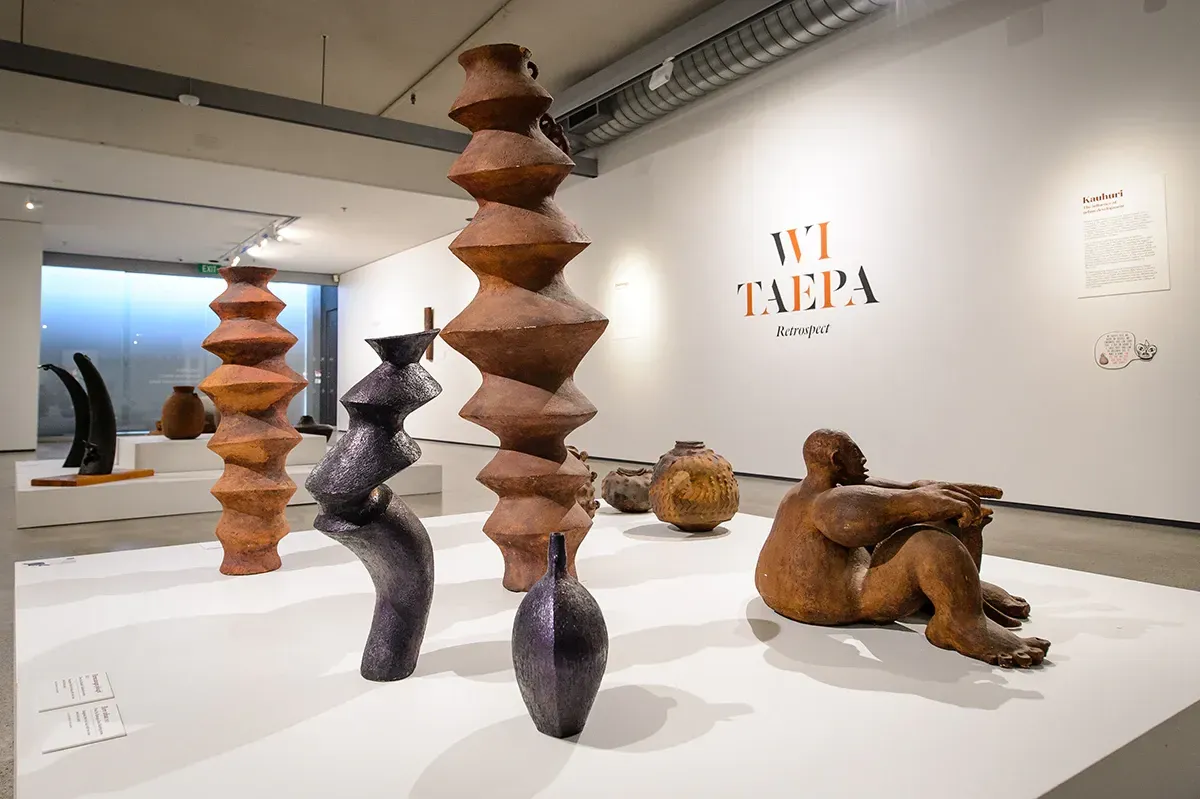
In the last few months I’ve had some contact with Pataka Art + Museum, unusually, as I’m in Auckland and it’s in Porirua. It’s a small local authority owned art museum with growing clout.
I regard Pataka as pre-eminent in New Zealand in terms of the regularity of their presentation of the work of contemporary Maori artists and ability to engage Maori audiences. They’ve developed one of Auckland Art Gallery’s current shows, Wi Taepa Retrospective. The fact that small Pataka is ‘supplying’ big Auckland with one of its few contemporary Maori artist retrospectives and its first ceramics solo exhibition is impressive. I sense this is attributable to Pataka’s commitment to presenting a very distinctive programme and the interrelation between collection and programme: the Wi Taepa Retrospective is based around key works from the collection Pataka has acquired.
My expectation for any publicly funded institution is that such places are centres of knowledge and expertise. Growing and managing a collection is one of the most important ways curators and institutions develop expertise, check @lukesyson or @justin.m.paton on Instagram for enthralling descriptions and speculations about their collections. I have a sense that the notion of institutions actively acquiring to develop and maintain collection strengths is now a rather quaint idea. The alternative, buying for the programme and immediate use, seems to provide no long term guarantee of collection depth, long term relevance, development of expertise and institutional distinction.
I have a sense that the notion of institutions actively acquiring to develop and maintain collection strengths is now a rather quaint idea.
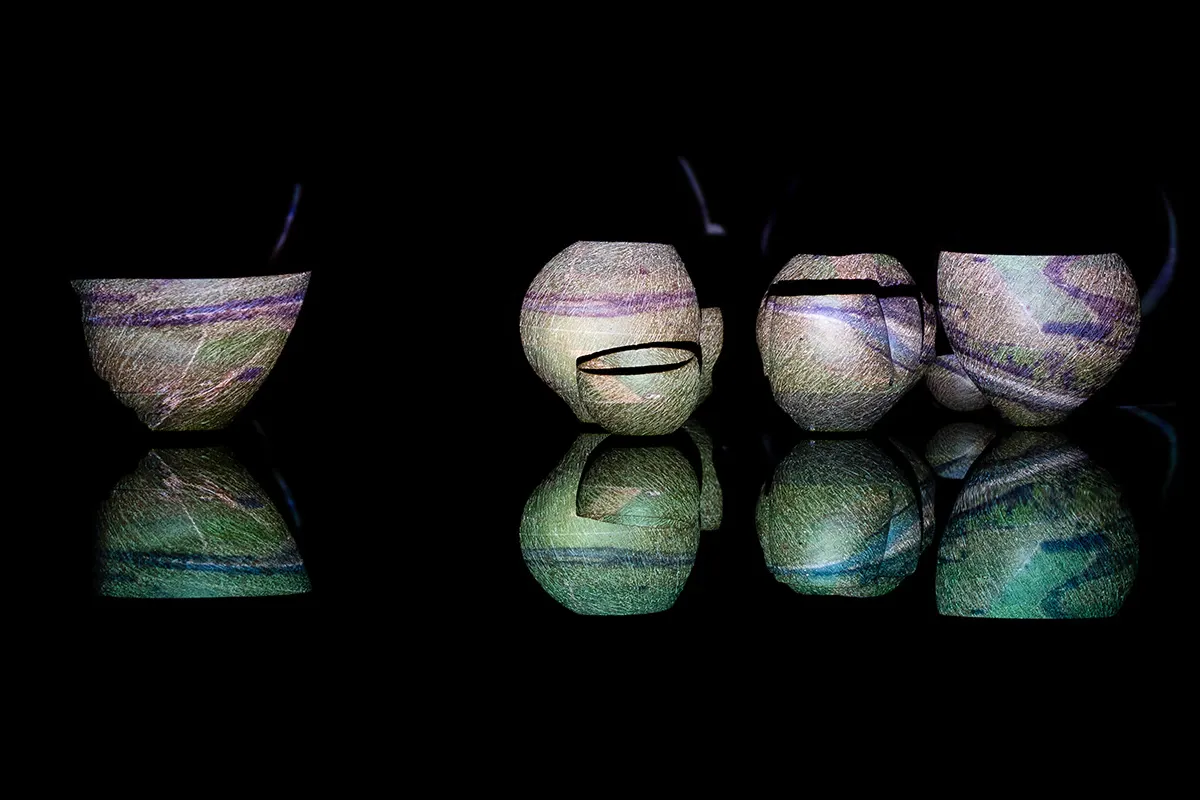
Everything between you and me Rachael Rakena and Hana Rakena - Photo by Mark Tantrum
Getty Museum staffer Peter Tokofsky wrote after visiting Orhan Pamuk’s famous Istanbul Museum of Innocence, “Objects, whether they are found in junk stores, our own attics, or auctioned at Sotheby’s, encapsulate stories and can unleash our imaginations”. Novelist and museum maker Pamuk in his A Modest Manifesto for Museums declares “It is imperative that museums become smaller, more individualistic, and cheaper”, which sounds like Pataka. I understand his declaration as a call for museum’s to prioritise the development of distinctive collections. It just seems obvious that foremost it is the collections, not the buildings that house them, that frame so many of the possibilities for ‘unleashing our imaginations’ now and in the future.
This is an exhortation for institutions to do more, and regular, shopping. The collection is a fundamental source of an institution’s distinctiveness and expertise: it’s the collection that keeps me walking through the doors. And just in case someone’s forgotten, artists need the bucks, exposure and encouragement.
Written by Philip Clarke
Philip Clarke started buying contemporary art in 1978 with one of his first pay-checks. 40 years later he still is collecting. From 1981-2015 he worked as an arts administrator/manager notably at Creative NZ and, from 2004, as the inaugural director of Objectspace. Since leaving full time employment Philip has been active as a writer and trustee of various arts organisations, notably the Blumhardt Foundation.
